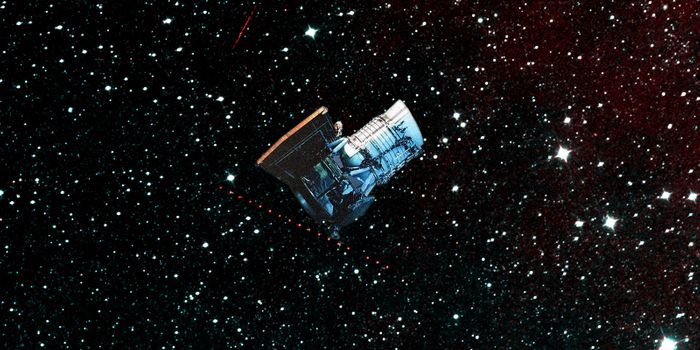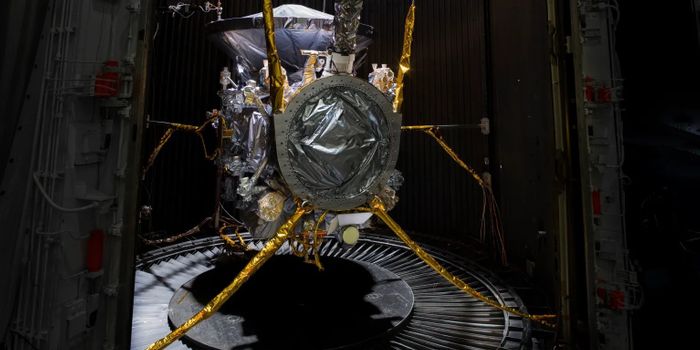Astronomers Observe Red Flashes From a Black Hole Eating a Star
As astronomers gaze into the distance, they sometimes get a chance to observe interesting things as they happen. One of the more recent discoveries were flashes of red light in our very own Milky Way galaxy in June 2015, which astronomers say are the result of a black hole devouring a nearby star.

The black hole, which has been dubbed V404 Cygni, is estimated to be just 7,400 light years away from Earth and is a part of binary system with another star.
As the black holes absorb matter around them, they will sometimes light up brightly as the particles of high energy get pulled into the high-gravity phenomenon and then ejected through their jets.
The jets of V404 Cygni were reportedly among some of the brightest of many black hole jet observations in the past. The ultra-bright jets gave astronomers a huge opportunity to observe the black hole activity up close.
And so they did, with high-tech observation equipment called ULTRACAM, which is a part of the William Herschel Telescope in La Palma on the Canary Islands. The findings are published in the journal Monthly Notices of the Royal Astronomical Society.

“The very high speed tells us that the region where this red light is being emitted must be very compact. The origin of these jets is still unknown, although strong magnetic fields are suspected to play a role,” said Dr. Poshak Gandhi, the lead author in the study.
“Furthermore, these red flashes were found to be strongest at the peak of the black hole's feeding frenzy. We speculate that when the black hole was being rapidly force-fed by its companion orbiting star, it reacted violently by spewing out some of the material as a fast-moving jet.”
Each of the flashes were said to be up to 1,000 times brighter than our own Sun, and that the flashes were incredibly violent and rapid, lasting as short as 1/40th of a second in some cases.
You can bet scientists will be keeping a close eye on this binary system now that we’re aware of such activity, and they’ll be keeping an eye out for more activity just like it in the hopes of learning more about how black holes work.
Source: University of Southampton
-
APR 30, 2024Immuno-Oncology Virtual Event Series 2024
-
MAY 07, 20243rd International Biosecurity Virtual Symposium
-
JUN 06, 2024The Future of Scientific Conferencing
- See More

















































